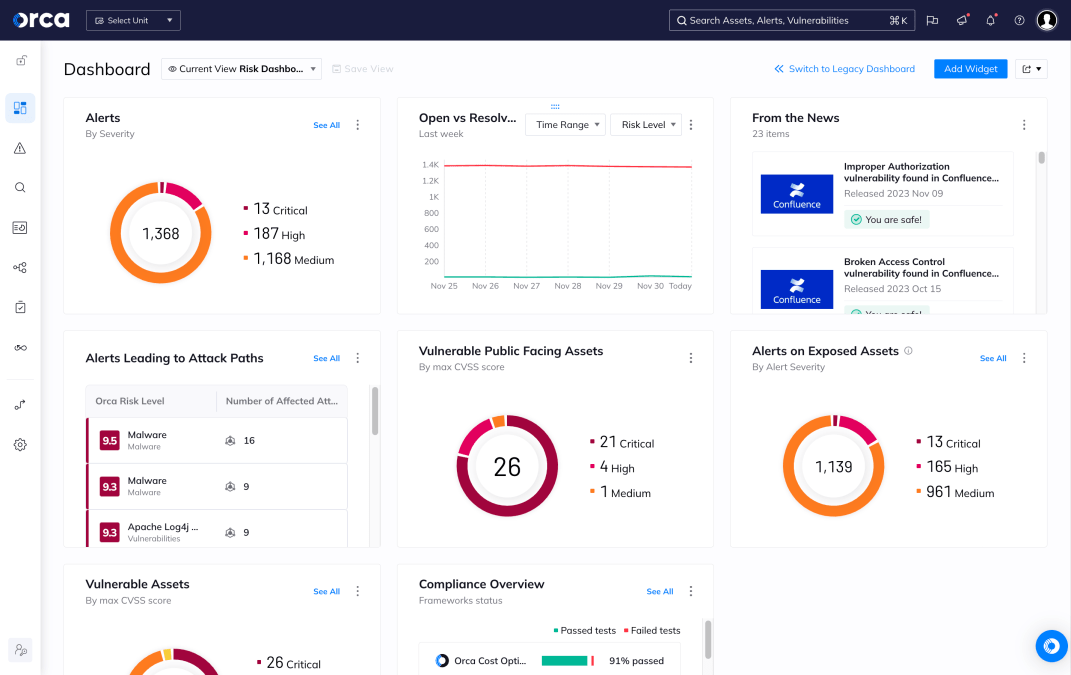Threat hunting is the proactive process of searching for signs of malicious activity, advanced persistent threats, and security incidents within an organization’s IT environment before they are detected by automated security tools. Unlike traditional reactive security approaches that wait for alerts to trigger, threat hunting involves security analysts actively investigating networks, endpoints, and cloud infrastructure to identify hidden threats that may have bypassed existing defenses. In cloud security, threat hunting becomes particularly critical as organizations face increasingly sophisticated attacks targeting distributed, multi-cloud environments where traditional perimeter-based security models are insufficient.
Why is it important?
The importance of threat hunting stems from the reality that modern cyber threats often remain undetected for extended periods, with the average dwell time for attackers in compromised networks measured in months rather than days.
In cloud environments, where resources are dynamically provisioned and traditional network boundaries don’t exist, threat hunting helps organizations maintain visibility across complex, distributed infrastructures. This proactive approach is essential for meeting compliance requirements, protecting sensitive data, and maintaining business continuity in an era where automated security tools alone cannot keep pace with evolving attack techniques.
How does it work?
Threat hunting operates through a systematic methodology that combines human expertise with advanced analytics and threat intelligence. The process typically begins with hypothesis generation, where security analysts develop theories about potential threats based on current threat landscapes, organizational vulnerabilities, and attack patterns.
Hunters then collect and analyze data from multiple sources, including:
- Network logs
- Endpoint telemetry
- Cloud service logs
- Security tool outputs
Techniques used in threat hunting include:
- Behavioral analysis: Identifying deviations from normal activity patterns
- Indicator-based hunting: Searching for known threat signatures or indicators of compromise
- Statistical and machine learning analysis: Detecting subtle anomalies across large datasets
The process involves iterative investigation cycles where initial findings lead to deeper analysis, lateral movement tracking, and comprehensive incident scoping. Human analysts play a critical role in interpreting results, correlating findings, and reducing false positives.
Security risks and challenges
Organizations face several challenges when implementing effective threat hunting programs:
- Skills gap: Threat hunting requires specialized expertise that is in short supply.
- Data overload: Cloud environments generate vast volumes of logs and telemetry that are difficult to analyze manually.
- Lack of context: Without detailed asset context, analysts may miss connections between events.
- Tool fragmentation: Siloed security tools and data sources hinder cohesive investigations.
- Retention limitations: Insufficient historical data can make deep investigations impossible.
- Cloud complexity: Multi-cloud and hybrid environments add layers of difficulty in tracking and correlating events.
Effective threat hunting also requires alignment with attacker tactics, techniques, and procedures (TTPs), which evolve constantly.
Best practices and mitigation strategies
To establish an effective threat hunting practice, organizations should:
- Define hunting objectives:
- Align with organizational risk profile and threat landscape
- Focus on high-value assets and likely attack paths
- Implement a strong data strategy:
- Collect and retain relevant log and telemetry data
- Ensure cloud service logs and network data are available for analysis
- Standardize methodologies:
- Use hunting playbooks and frameworks
- Adapt OWASP Threat Modeling to identify likely vectors
- Develop internal capabilities:
- Invest in training and skills development
- Encourage collaboration with other security functions
- Leverage threat intelligence:
- Integrate with known indicators and TTPs
- Use threat feeds to inform hypotheses and investigations
- Utilize automation and AI:
- Preprocess large datasets to highlight anomalies
- Use ML tools to support pattern recognition and threat detection
- Document and iterate:
- Maintain detailed records of investigations
- Refine techniques based on findings and incident outcomes
How Orca Security helps
The Orca Cloud Security Platform supports threat modeling by providing full agentless-first coverage of AWS, Azure, Google Cloud, Oracle Cloud, Alibaba Cloud, and Kubernetes environments.
Orca enables security teams to:
- Detect, prioritize, and remediate risks across all cloud assets
- Visualize attack paths, blast radius, and IAM exposure
- Leverage advanced Cloud Detection and Response (CDR) capabilities that combine agentless scanning with real-time monitoring and protection
- Detect vulnerable packages that are actually exploitable in runtime with Reachability Analysis
- Prioritize remediation based on real-world exposure and risk context
- Leverage AI-driven capabilities to enhance productivity and improve security outcomes
By combining visibility with risk prioritization, Orca equips teams to model and defend against threats more effectively, even in complex, fast-moving cloud environments.




